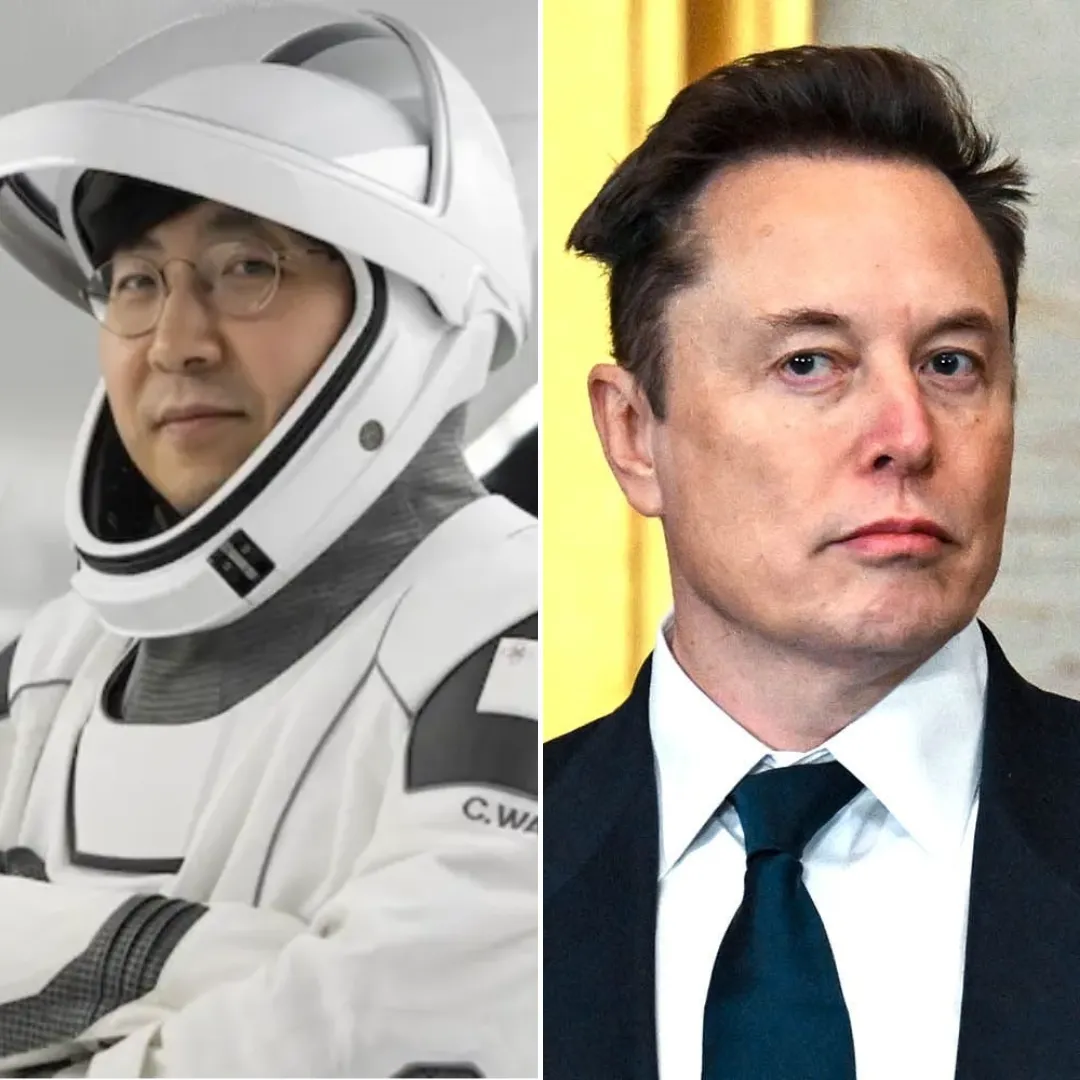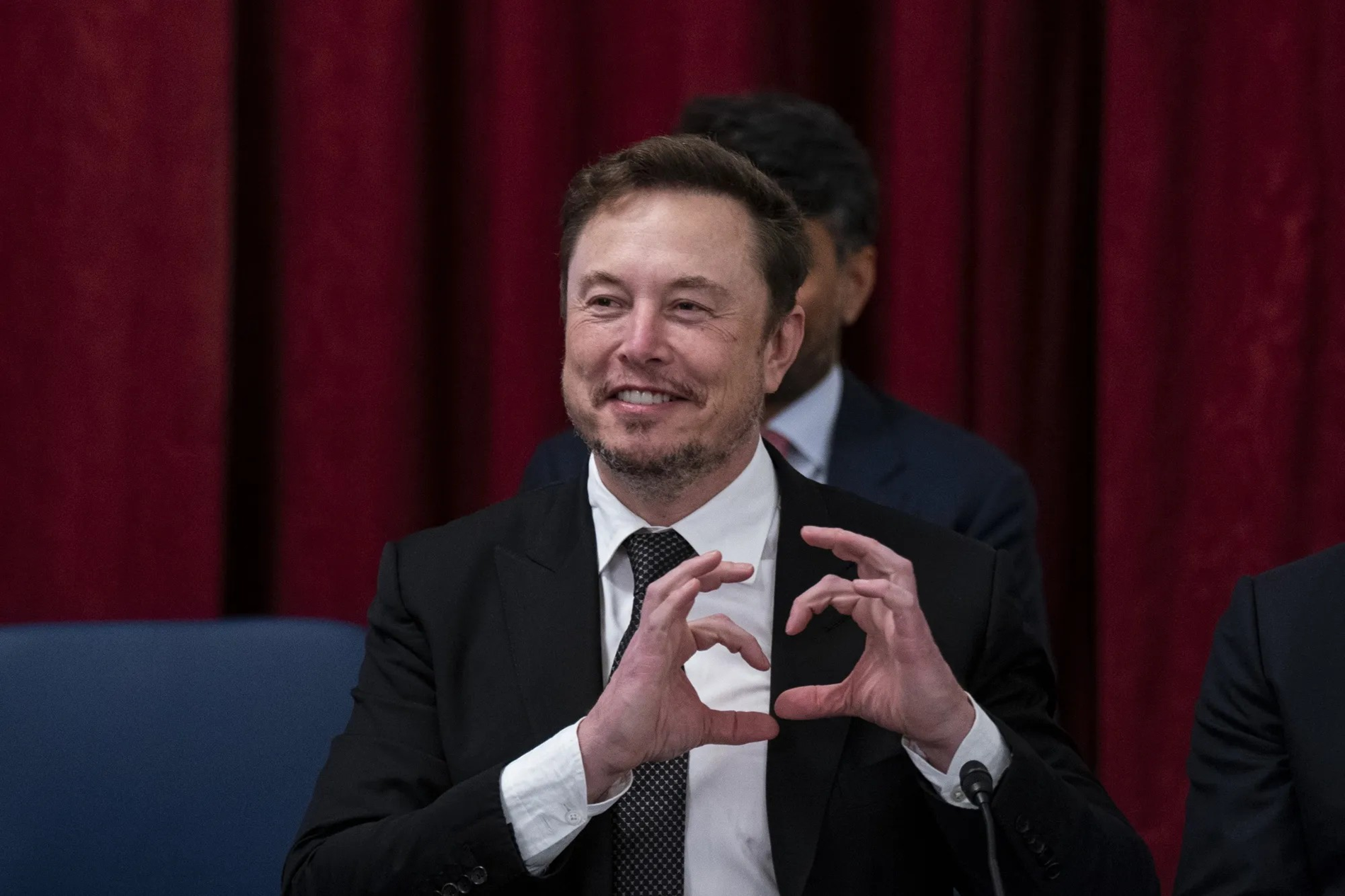
In the increasingly complex arena of American space policy, one figure has emerged not only as an industrial titan but also as a political force whose influence reaches far beyond rockets and satellites. Elon Musk, founder and CEO of SpaceX, has steadily cemented his position as the most powerful non-governmental figure in the U.S. aerospace sector.
While holding no official government title, Musk has become a regular presence at White House meetings, where his ideas are being heard at the highest levels. In particular, his close and increasingly personal rapport with President Donald Trump has turned him into a behind-the-scenes architect of America’s space vision.
Sources close to Washington insiders have observed that Musk’s name now frequently comes up in strategic briefings, particularly in matters concerning national security, space infrastructure, and the militarization of orbital space.
Though traditionally, space policy was the domain of NASA administrators and Pentagon officials, Musk’s informal yet highly influential role has redefined the dynamic. Without a single vote cast or confirmation hearing held, Musk has secured a seat at the table where decisions are made about who launches what, when, and with what implications for the future of American dominance beyond Earth.
His presence in Washington is no longer symbolic. Musk’s frequent visits to the White House and reported participation in private briefings suggest that his counsel is being actively sought by top U.S. officials.
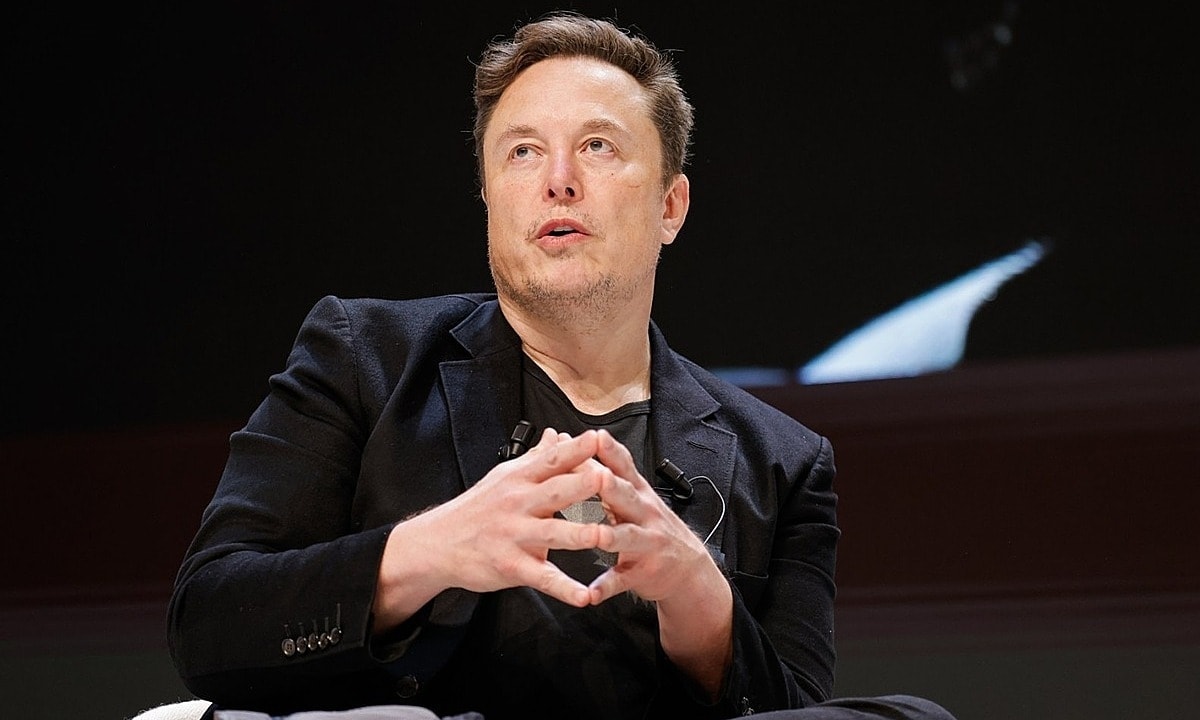
With SpaceX now executing more than 95 percent of all U.S. rocket launches in the past year, Musk has become not just a vendor to the government but a strategic partner—one whose private sector capabilities are now entangled with national space interests.
His Starlink satellite network, which has surpassed 7,000 active satellites in low Earth orbit, has turned into a critical layer of digital infrastructure for military, commercial, and humanitarian operations alike.
Unlike traditional defense contractors that often operate with bureaucratic inertia, Musk brings speed, iteration, and risk tolerance to a sector historically dominated by slow-moving government agencies. SpaceX now launches rockets weekly, recovers boosters for reuse, and provides near real-time global internet coverage through Starlink.
This operational superiority has placed the company in a category of its own, allowing Musk to offer not only the hardware for America’s space ambitions but the vision, scale, and infrastructure to execute it at an unmatched pace. In doing so, he has blurred the line between public mission and private power.
The personal relationship between Musk and Trump has further amplified this influence. What began as mutual admiration has reportedly evolved into a strategic alliance. Trump, known for his preference for business leaders over bureaucrats, has found in Musk a kindred spirit—a disruptor who speaks the language of scale, dominance, and self-sufficiency.

For Musk, this connection has granted direct access to policymaking, where he can advocate for ideas that align with his broader technological ideology. This includes policies around satellite deployment, space militarization, orbital regulation, and even broader questions about the commercialization of the Moon and Mars.
SpaceX’s near-monopoly on U.S. rocket launches is not a coincidence. The company’s aggressive pricing, rapid development cycles, and vertical integration have pushed traditional players like Boeing and Northrop Grumman into a reactive position. Government agencies that once spread contracts across multiple firms for redundancy and political balance are now funneling launch missions to SpaceX out of sheer necessity.
The alternative is delay, higher cost, and technical risk. For government planners, the logic is simple. Musk delivers. And that reliability has allowed him to gradually steer the conversation from how to launch to why and where and with what long-term vision.
In 2024, SpaceX executed over 90 percent of U.S. orbital launch missions. By mid-2025, that figure has climbed past 95 percent, with dozens of planned Starlink payloads, classified military satellites, and NASA science missions all riding aboard Falcon 9 and Falcon Heavy rockets.
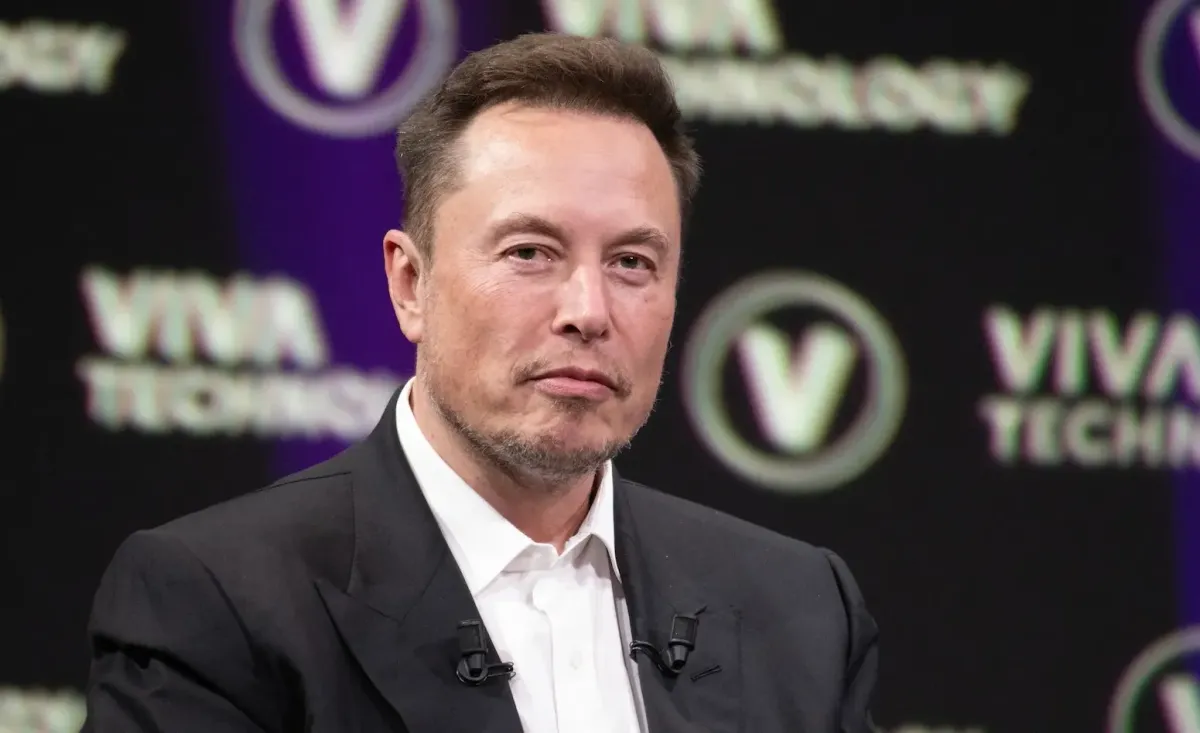
The growing dominance of SpaceX has reshaped how the government approaches contracting and oversight. Musk’s insistence on iterative development, rapid testing, and agile engineering has forced even the most conservative branches of the Department of Defense to reconsider how they define reliability. In many ways, Musk is no longer just participating in the space industry. He is setting the tempo for it.
Meanwhile, Starlink has become the invisible backbone of U.S. communications strategy, particularly in regions affected by war, disaster, or strategic blackout. The satellite constellation now covers nearly every inch of the Earth’s surface, offering broadband-level service in locations previously unreachable by terrestrial infrastructure.
Military commanders have increasingly relied on Starlink’s low-latency capabilities in active combat zones, as seen in Ukraine and other conflict regions. What began as a commercial service has quietly morphed into a national security asset, one that the Pentagon depends on—and which only Musk controls.
This centralization of capability has not gone unnoticed. Inside the Pentagon and intelligence community, some officials express quiet concern over the sheer amount of leverage Musk now holds. Unlike a typical contractor, Musk is not limited by political cycles, budget constraints, or bureaucratic review.
His companies move according to his own judgment, funded largely by private equity and contract revenue, with a speed and decisiveness that the public sector cannot match.

And because of his unique charisma and visionary appeal, Musk is able to build loyalty not only among customers but within agencies themselves. Engineers, analysts, and decision-makers are increasingly drawn to the Musk model—not just for what it produces, but for how it feels to build at that velocity.
This convergence of personal influence, technological infrastructure, and political access makes Musk a singular figure in modern American power structures. He is a CEO with the clout of a defense secretary, a space leader with more rockets than NASA, and a strategist who doesn’t need clearance to be in the room where national policy is being shaped.
In the process, he has elevated the role of the private sector in space policy from support to leadership. Yet with influence comes scrutiny. Critics warn that Musk’s deep integration into national space infrastructure creates a single point of failure. If one man controls the launch vehicles, the satellite networks, and the policy pipeline, what happens when his priorities shift?
What if corporate ambition collides with public interest? Musk has not shied away from these questions. He embraces them. His worldview is unapologetically expansive. He believes in building systems that outlast nations, that operate beyond the limits of regulation, that prepare humanity for the next great leap—even if that means rewriting the rules along the way.
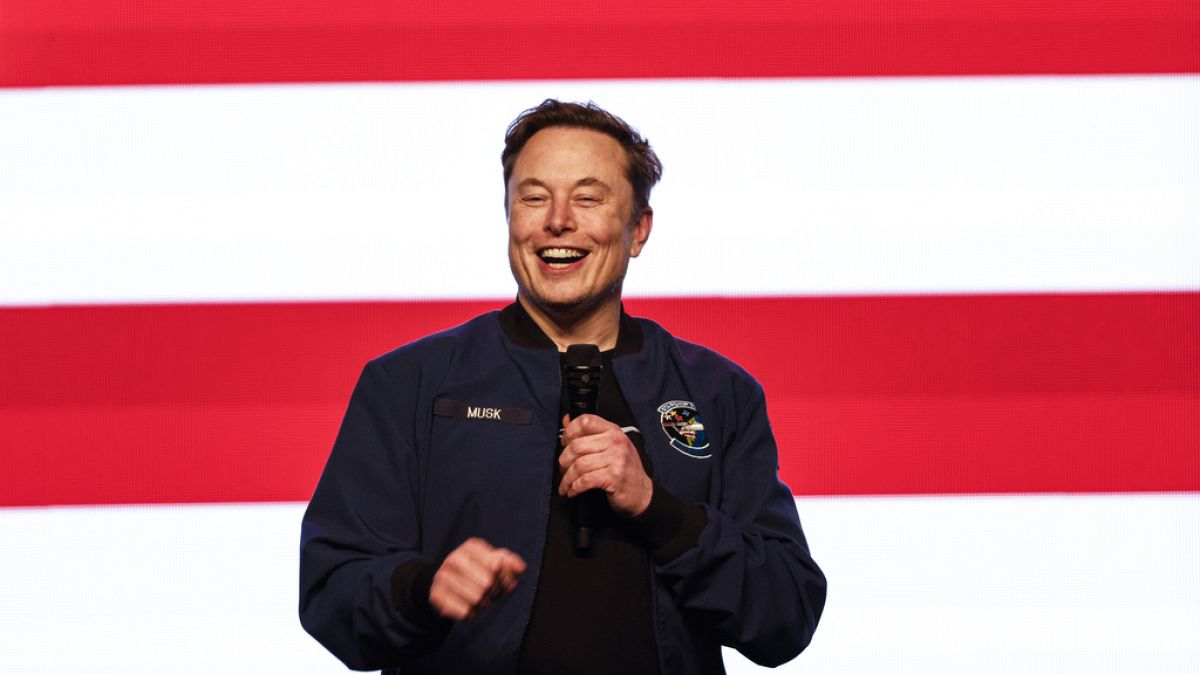
The question now is not whether Musk is part of America’s space program. He is the space program. NASA still runs missions. The military still issues contracts. But the vision, the momentum, the infrastructure—those increasingly belong to SpaceX, and by extension, to Elon Musk.
As the Starlink constellation grows, as SpaceX prepares its first Mars cargo flights, and as Washington continues to invite Musk into its most confidential circles, the shape of the future becomes clearer.
It is a future launched not by committees but by companies. Driven not by caution but by vision. And steered not by governments alone but by individuals like Musk, who see the Earth not as the final frontier, but as the launchpad.
-1749140663-q80.webp)
-1747904033-q80.webp)
